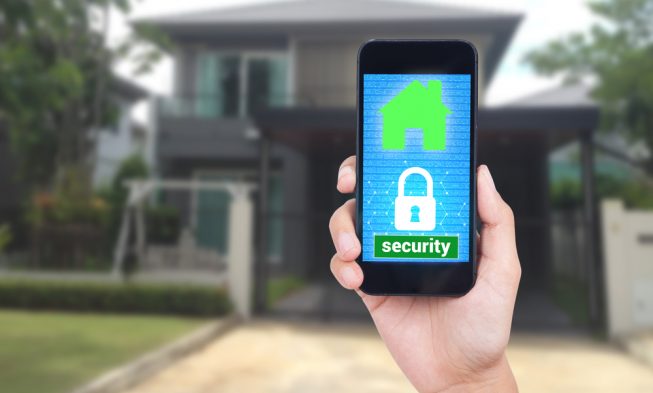
How to Plan Your Home Security
House security is an issue for many home owners. All of us want an additional level of defense for our house, our belongings, and most significantly, our loved ones. When choosing to set up a home security system, there are numerous elements to consider that will make the procedure easy and less frustrating. The more you prepare ahead of time, the simpler it will be to pick the plan that is right for you, and the less vulnerable you will be to aggressive sales pitches.
Type of Home Security System
Initially, you have to think about the advantages and disadvantages of wired versus cordless systems. Wireless systems have the advantage of much easier setup and a more structured appearance.
Nevertheless, wireless systems have the tendency to be less steady than wired systems, and can be based on different kinds of disturbance that disrupt the signal. Wired systems are hardwired into your house and utilize a landline for service, so there is no danger of signal disturbance.
Nevertheless, they need more detailed setup and if the wires are cut or the power goes off you lose connection. The very best alternative is a mix of both.
The Layout of Your Home Security System
The next factor to consider is keypad positioning. Security systems are equipped and deactivated from a main keypad, which ought to be situated near the doorway you most frequently utilize. This makes it quick and practical to arm and disarm the system or to strike the panic code if required.
Next, think about where you require the open and close sensing units positioned. These activate the alarm when somebody forces open a window or door. There needs to be one for each door leading outdoors, plus any door leading into a garage. You also need to install sensing units on every ground-level window.
Consideration needs to be given to second-story windows as to whether to arm them or not. An excellent guideline is if the window is accessible with a standard ladder, then arm it. If not, simply stick a dowel in the window track and save yourself the expense. The cost of a sensing unit is approximately eighty dollars.
Next is dealing with the issue of crank-out windows. As they cannot be equipped with basic open and close sensing units, the alternative is glass-break sensing units.
Glass-break sensing units “hear” the noise of glass being shattered and activate the alarm. They can be rather delicate, however positioning still has to be considered. Glass-breaks have to be in front of the likely-to-be-broken windows in order to hear a burglary successfully. You will require a minimum of one unit for each level of your home.
Another option is motion sensing units. While they can be helpful, if you have animals or children, or reside in a high-wind location, your motion sensing unit will be wrongly tripped. If you feel that this might be a concern, stick to open and close and glass-break sensing units.
Home Security System Extras
For the tech enthusiasts and those that have the finances, you can buy window screens that function as sensing units. If the screen is cut, the alarm will go off.
Some home security systems have fire and carbon monoxide sensing units, key fobs for emergencies, as well as other extras. Check out exactly what home security extras are offered. Tailor the system to match your requirements, and sleep easy while your family is secure and protected.
SUBSCRIBE TO OUR NEWSLETTER
If you liked this article, then please subscribe and get the new articles in your mailbox.







